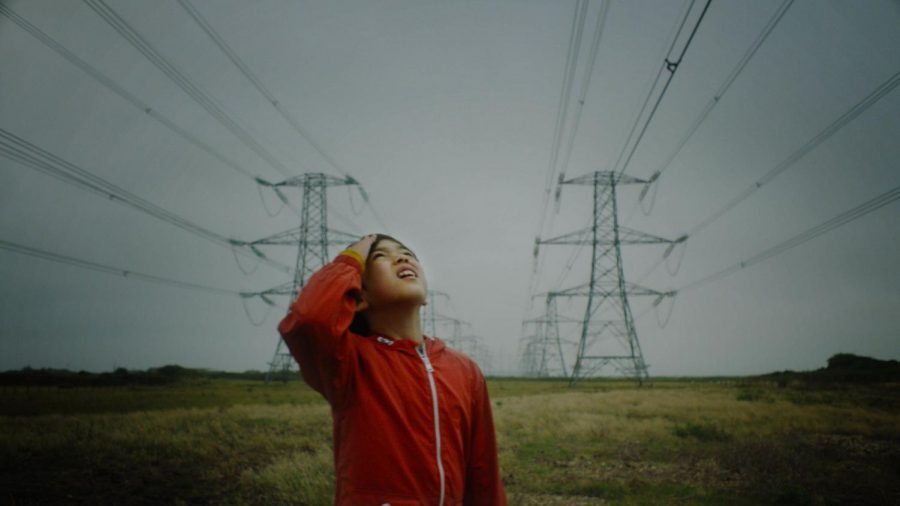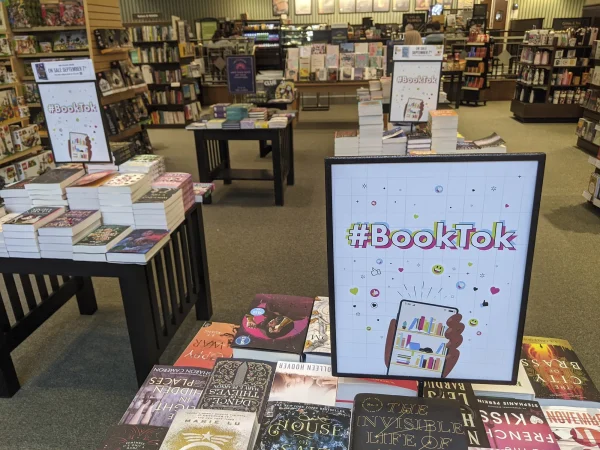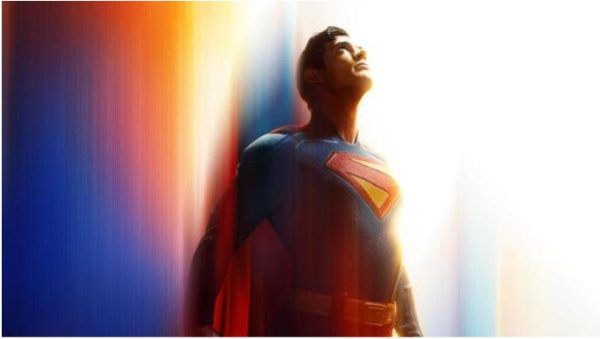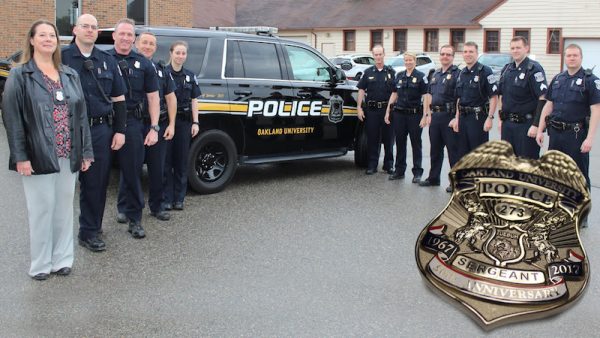‘The Reason I Jump’ can uplift an entire community
Photo courtesy of Rotten Tomatoes
“The Reason I Jump” is available to stream on Netflix.
Netflix has had an iffy reputation when it comes to representation of marginalized communities — along with Hollywood and the entertainment industry itself. With this in mind, I was barely optimistic when I discovered Netflix was releasing “The Reason I Jump,” a documentary based on the novel by Naoki Higashida, who has Autism Spectrum Disorder (ASD).
Seeing as I have this disorder myself — and several of these “documentaries” have been ableist, harmful movies from the perspective of the parents, not to mention Hollywood’s continued allowance of stereotypical tropes in the (very few) forms of representation we’re allowed to have — I knew I had to watch this movie as soon as it dropped.
Unlike Sia’s movie, “Music,” which dropped earlier this year, “The Reason I Jump” wasn’t surrounded by controversy before its release. That being said, I figured there was a chance this movie would be good.
Given that I’m autistic, but not nonverbal, I knew I wouldn’t be able to relate to every aspect of the real people featured in the documentary, so I’m not the best person to say if this was 100% accurate. Although, based on what I hear from many people within the community, it was a very well put together documentary.
There were several parts I was able to connect to: the stigma within religious communities, the isolation, the fear of feeling like a burden. All of those emotions struck a chord within me — it’s a movie I’d recommend everyone check out. It goes deep into the minds of autistic people and how a lot of us see the world.
It’s no secret that we act and see things differently from neurotypicals, which often leads to bullying and harassment from not only peers, but adults.
Another great thing about this documentary was it included stories from different cultures and races. Most representation of autistic youth — real or fictional characters — has been white men. Netflix itself suffers from that problem.
The idea of intersectionality seriously comes into play during this documentary. There was representation in terms of disability and race, which was awesome to see. It’s something that should’ve been happening, so it’s great to finally see it.
It was also unique to hear about the religious aspect of intersectionality. Growing up autistic and religious is something that’s not very common to talk about, so hearing how different stigmas affected these kids based on religious grounds was enlightening.
The last part of the documentary touches on the stereotype that autistic people don’t feel empathy, while going to great lengths to show how much we do. This part impacted me the most, because it showed a common difficulty: processing emotions. Our brains work differently, so we process emotions differently. They’re harder to express for us, so I really enjoyed watching that topic discussed.
Overall, I think anyone could learn something from this documentary. It’s something everyone should watch at least once.










